
Venous disease is the name given to a number of conditions characterized by abnormal or diseased veins. It is a common disorder that affects about 15 percent adult population worldwide. Initially venous disease does not cause serious problems but as it progresses it can develop into chronic venous insufficiency.
Circulatory System
Normally, arteries transport oxygen-enriched blood from the heart to the rest of the body whilst veins return blood back to the heart. Veins have one-way valves that direct blood flow to the heart. The blood is pushed forward by contraction of muscles. The valves close to prevent blood from flowing backward when muscles relax.
Veins inside the legs can be divided into three types, superficial veins, communicating veins and deep veins. Superficial veins are veins located close to the surface of the skin and they transport between 10 and 15 percent of the blood in the legs. Communicating veins take blood from superficial veins and carry it to deep veins which are found inside the muscles and transport 85 to 90 percent of oxygen-depleted blood to the heart.
This system fails to work properly if the veins become weak or damaged, or if the valves within the veins get damaged. This causes the blood to flow backward leading to elevated pressure in the veins and further stretching of the vein walls. This eventually leads to condition known as venous disease.Types of Venous Diseases
Spider Veins
Spider veins or medically known as telangectasias are mild type of venous disease. It is a smaller form of varicose veins that rarely produces physical problems but is only a cosmetic concern. Spider veins appear like small group of red, purple or blue blood vessels that are visible through the skin. Spider veins are most commonly seen on the thighs, lower legs and face.
Varicose Veins
Varicose veins are large and swollen veins that can become twisted. Varicose veins most frequently occur in the legs and feet. They rarely cause discomfort but if the veins become leaky symptoms like swelling and ache in the legs may occur. Burning and throbbing may occur as well when blood flows backward and pools in the legs.
Leg Swelling and Leg Pain
Abnormal valves within veins can lead to leg swelling due to pooling of blood in the veins. Elevated pressure in veins due to pooling of the blood can cause the veins to become leaky which results in swelling and pain. Other symptoms include cramping, heaviness and itching in the legs.
Chronic Venous Insufficiency
Chronic venous insufficiency (CVI) is a chronic condition caused by pooling and congestion due to leaky varicose veins, thrombosis or phlebitis. As the condition progresses symptoms like ulcers and changes in the skin start to appear.
Leg Skin Changes
Leg skin changes due to chronic venous insufficiency are also known as venous stasis dermatitis. This venous disease is caused by chronic elevated pressure and swelling in the legs that deprive the skin of oxygen and nutrients. This causes the skin to appear reddish, brown, thick, dry and itchy.




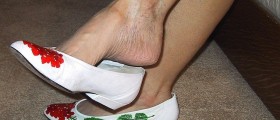

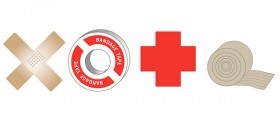
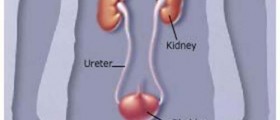


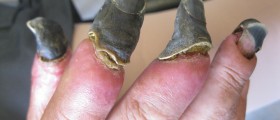



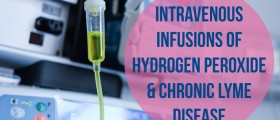
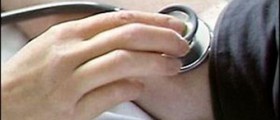

Your thoughts on this
Loading...